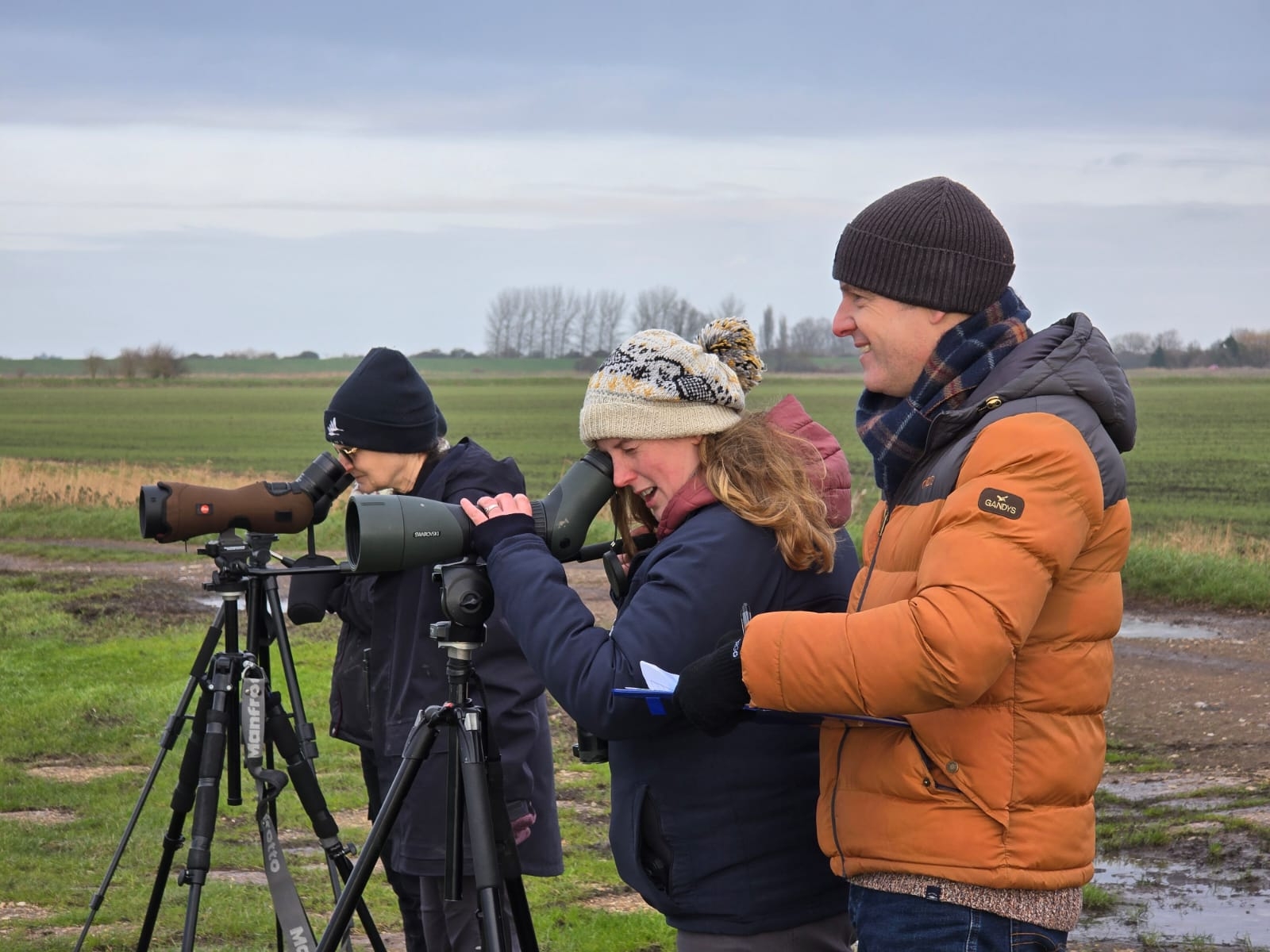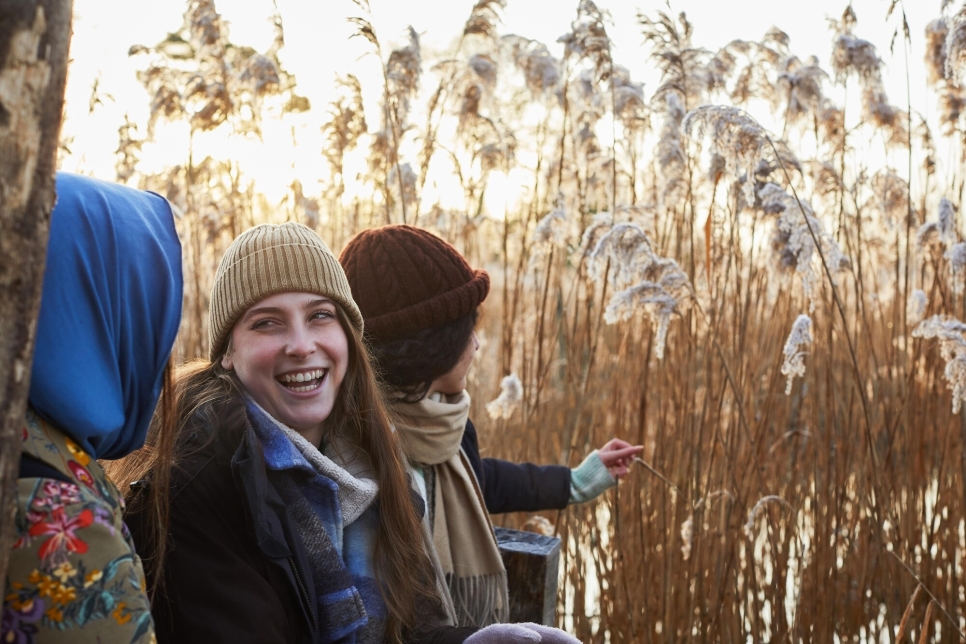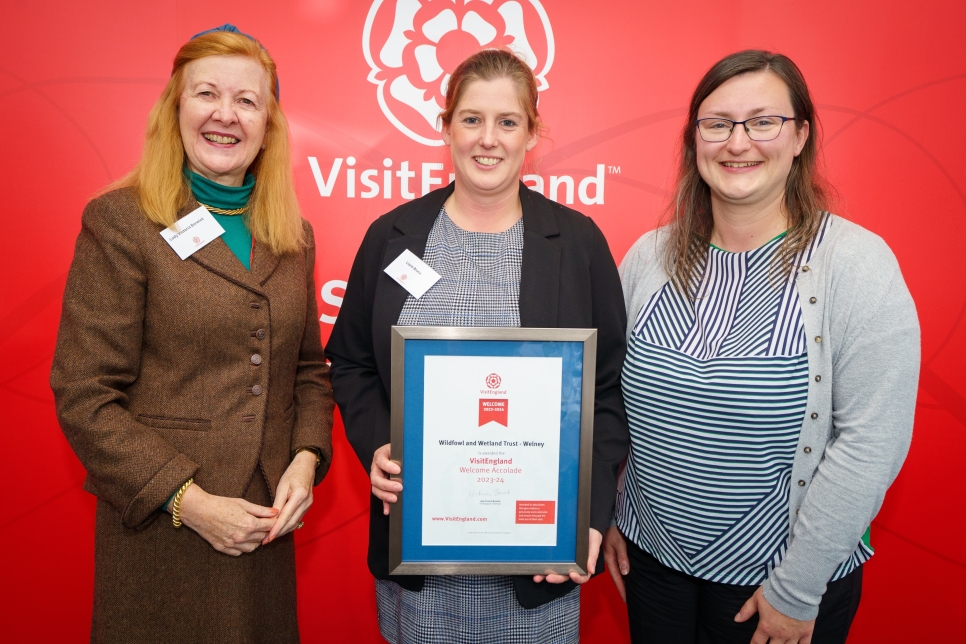Record numbers of swans in the Fens
Ornithologists are amazed at bumper numbers of whooper swans
A co-ordinated count by the Wildfowl & Wetlands Trust (WWT) and the Royal Society for the Protection of Birds (RSPB), has uncovered a record number of whooper swans in the Fens.
Over 13,000 wild swans were counted on Tuesday 18 January, far exceeding previous records. The total number of whooper swans in this area was 7,296, far higher than the 5,000 normally counted. The remainder was made up of Bewick’s swans.
The Fens are an incredibly important network of wetland sites, which is home to the largest concentration of wintering whooper and Bewick’s swans in the UK. The area counted covers the Ouse Washes and the Nene washes; both of which have parts owned and managed by conservation organisations.
Experts are unsure of the precise reason but a number of factors could be contributing to the conditions.
Jon Smith, WWT conservation warden said: “The Fens was one of the few areas to remain free from snow, and more severe weather elsewhere in the UK may have pushed the whoopers further South and East than they would normally travel. A swan,with a identication ring CHZ, which normally winters in Ireland, dropped in to WWT Welney for the swan feeds; there may well be many more swans in similar situations."
Mike Burdekin, warden for the RSPB said “The wetlands in this area are incredibly important to these birds for roosting and the surrounding arable land provides a much needed food source in the form of waste potatoes, grain and sugar beets tops form the recent harvest.”
Careful management of the land in the Fens allows the swans, which travel from Iceland and Russia each winter, to safely feed and roost so that they are healthy in advance of returning to the Arctic for the breeding season. During the winter months, from October to March, they join our resident mute swans at wetland sites like the Ouse washes.
Each winter the birds are carefully monitored in counts such as this one by a committed team of ornithologists. A small selection of birds are caught to have identication rings put on their legs so, scientists can identify individuals, track their progress and learn their behaviours.
Monitoring the status of Bewick’s and whooper swans is critical to their conservation. Both species are amber-listed in the UK [1], a reflection of the importance of these wintering grounds to their survival, but while numbers of whooper swans are increasing, numbers of Bewick’s swans are in worrying decline. Understanding and addressing the ongoing threats to their future is of the utmost importance.
Members of the public can observe these beautiful birds on the Ouse Washes at WWT Welney and RSPB at Welches Dam. WWT Welney run swan feeding events from October to March; where an expert commentary by the wardens accompanies the swans and other wintering wildfowl being fed. Special events such as swan’s awake and Bewick’s flight in give people the chance to get even closer to the swans and witness them flying out from the reserve at dawn and back into the roost in the evening. For more information about events at WWT Welney go to wwt.org.uk/welney.




